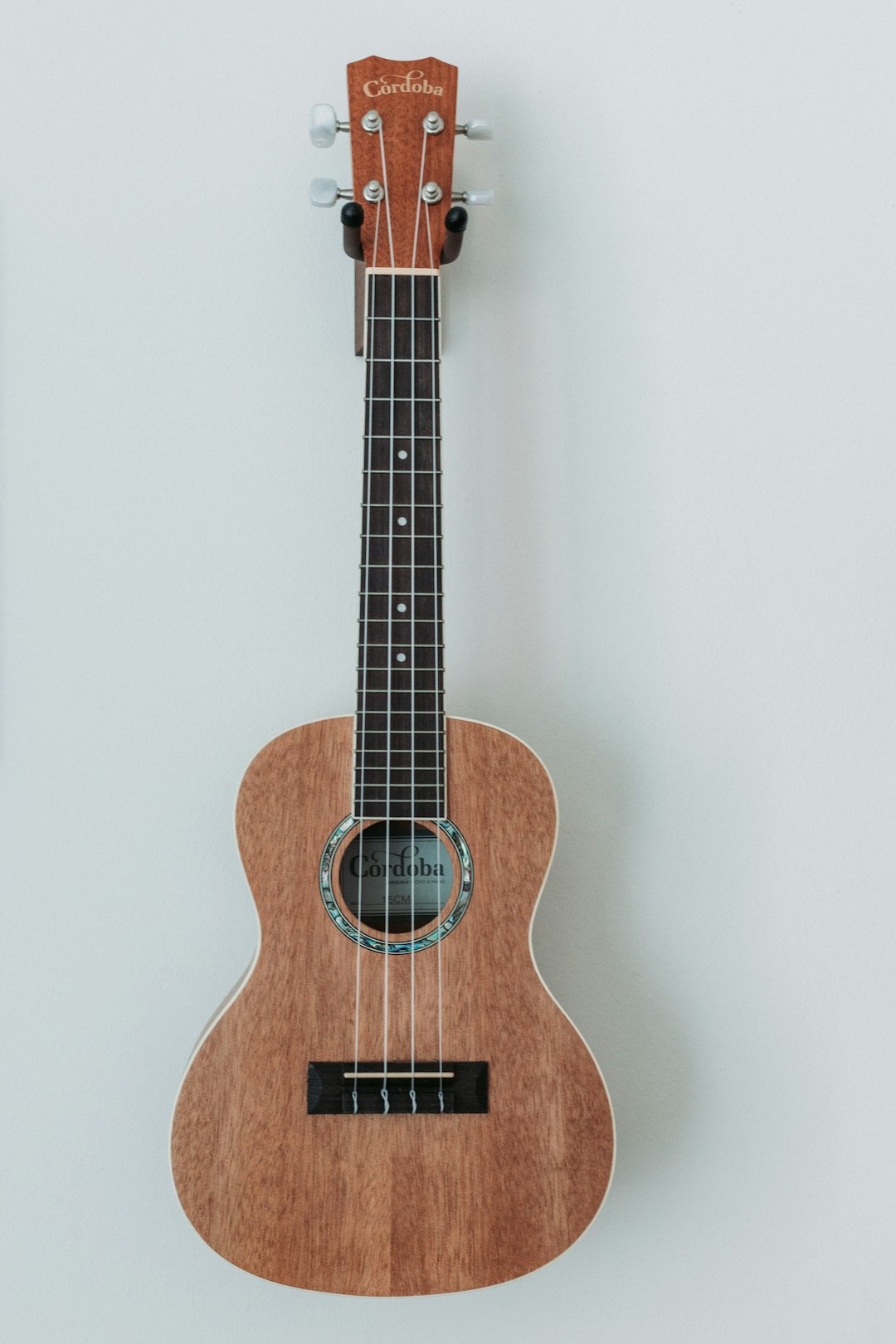Follow and Manage your Progress on the Guitar:
NewsFrom my experience with my students, I frequently observe that many of them have difficulty implementing an effective practice routine. Indeed, it is important to know how to monitor your progress and how to quantify it in order to be able to set concrete goals. I will therefore give you some tips to structure your learning well in order to be as effective as possible.
1. A Tailored Program
A guitar teacher will not necessarily teach you to have a good practice routine at home; some students are very comfortable with their own personal approach and others less. I would recommend first of all to work regularly, this seems to me to be almost the most important point of all! It is important to know that practicing 20 minutes a day is much more productive than doing a 3-hour session once a week! Daily repetition is much more beneficial because by practicing every day, you get your body used to the repetition and that's how you will memorize a technical gesture. As you can see, a single training session per week, even a long one, will not replace regularity.
The second thing to remember is to think about planning a program to work on themes over a period of time. For example, you can imagine that one week out of two you will work on the technique of the instrument, and another week it will be planned to apply what you have learned in a musical situation (jam, play-along). You will be able to change themes the following month by following the same guidelines for your progress.
Also set goals over a longer period of time. Ut can be to succeed in playing a title that you are not really able to play right now for example. Tell yourself that in 6 months, you will try to be able to play this or that title. Long term goals are very motivating and powerful.
2. Tracking your Progress
Let's now talk about pure practice on the instrument. There are two fundamental elements to evolve without taking on bad habits while following one's progression:Start working slowly on the metronome.
Increase the speed of execution little by little.
Of course, here I am only talking about the technical aspect when practicing a particular segment or working on scales for example.
Remember that a tempo between 50 and 60 bpm is a perfect starting point. For example, start your workout at 55 bpm, and then increase the speed by 5 bpm per day until you have no difficulty moving up. When you reach higher speeds, the margin of progression will be less and you will sometimes have to stay several days or even several weeks at the same speed in order to optimize your performance and reach the speed at which you want to play.
The purpose of this process is to get your fingers used to holding a gesture, but also to soften and play clearly and cleanly.
In the end, you will gain a lot of precision, and starting very slowly and gradually increasing the tempo will ensure that you remember the movement.
Written by patrox
on 2022-04-09 07:48:21
Keep reading



The Guitar: One of the Major Figures in the Iconography of Pablo Picasso
The Guitar: One of the Major Figures in the Iconography of Pablo Picasso







